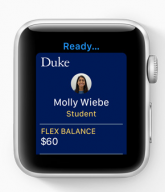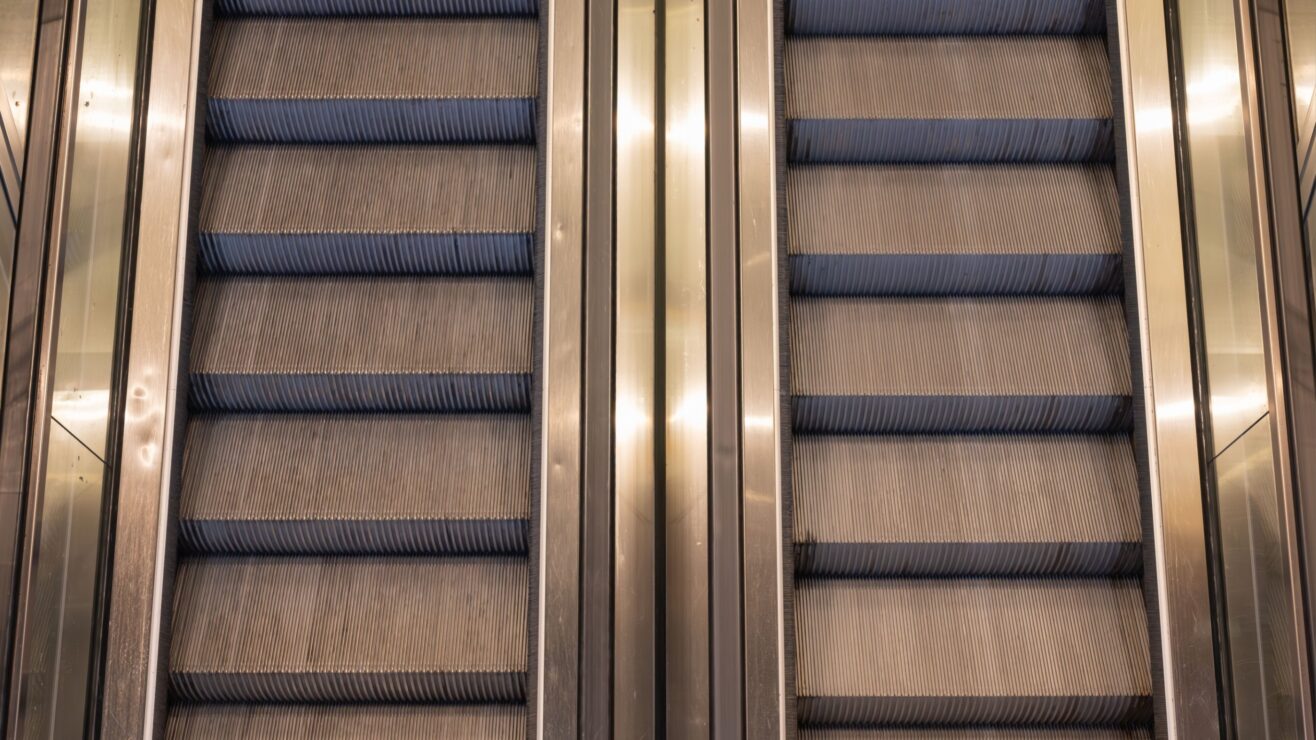There have been some big new developments in student identification technologies. Some of these appear to be organised in the interests of students and offer the opportunity for intelligent application of learner analytics to help institutions enhance the support and services they provide to students most in need.
One recent announcement is that Apple is working with universities to provide student ID card functionality for the iPhone and Apple watch as this report in Inside Higher Ed noted. Replacing the need for card use to access halls, libraries, sports facilities etc the report also included comment that such a step might be useful for enabling many other applications too:

Joshua Kim, director of digital learning initiatives at Dartmouth College’s Center for the Advancement of Learning said he is interested to see whether this initiative could be the “gateway drug” for other mobile educational experiences from Apple — particularly on the Apple Watch.
“Student IDs are an interesting start, but what is more fun is to think about other ways that Apple Watch could address some higher ed challenge,” said Kim. The fact that the announcement was made by Apple’s vice president of technology, Kevin Lynch, is a promising sign, said Kim.
Speaking at Apple’s Worldwide Developers Conference Monday, Lynch described the digital Student ID feature as an “exciting” development that will “expand to more campuses over time.”
All jolly exciting, if a little vague about all those potential wider applications beyond ease of meal purchasing.
I dream at night I can only see your face
However, there are some other technological developments which might not be seen by all wholly benign. For example although intended to add extra security in halls, one university’s introduction of facial recognition technology does feel a little sinister. At the University of San Francisco they are scanning everyone who enters a hall:
Students still swipe ID cards as they enter a dorm, but the facial recognition software scans the faces of every person who walks into the building. When the system — which checks faces in real time against USF’s student ID photos hosted in the cloud — detects a face it doesn’t recognize, the dorm attendant receives a notification to assess the situation. Video cameras are also engaged during such situations, recording and saving footage from 30 seconds prior until the situation is resolved.
With the technology they’re using at USF, dispatchers can get instant video feedback to see why a door is not shut or what situation they may be approaching before they even go check it out. This, on the whole, Rossi said, makes for a smarter and better prepared campus security operation.
It might be more secure but are students ready to have this kind of facial monitoring everywhere on campus?
Meanwhile in China there is a report of a high school in Hangzhou using facial recognition technology to analyze the behavior of students in the classroom, and to keep a record of their attendance:
The “intelligent classroom behavior management system” used at Hangzhou No. 11 High School incorporates a facial recognition camera that scans the classroom every 30 seconds. The camera is designed to log six types of behaviors by the students: reading, writing, hand raising, standing up, listening to the teacher, and leaning on the desk. It also records the facial expressions of the students and logs whether they look happy, upset, angry, fearful or disgusted. The information collected by system is analyzed and reported to teachers so they can better supervise the performance of their students.
Zhang Guanchao [the School’s vice-principal] added that the system can help teachers rethink their teaching method using statistical data, as well as cut the time needed to check class attendance to only a few seconds.
Hangzhou No. 11 High School started using facial recognition technology last year, when it introduced it for students buying lunch in the canteen. It has since been extended into many areas of school life. For example, facial recognition is used to pay for purchases at the school shop and to borrow books from the school library.
So there are undoubtedly opportunities to replace student ID cards, learn more about student behaviour, enhance security and help with classroom management and learning but this also feels a little more intrusive perhaps than might be welcomed by all.














….it all makes the Unique Learner Number seem a bit twentieth century